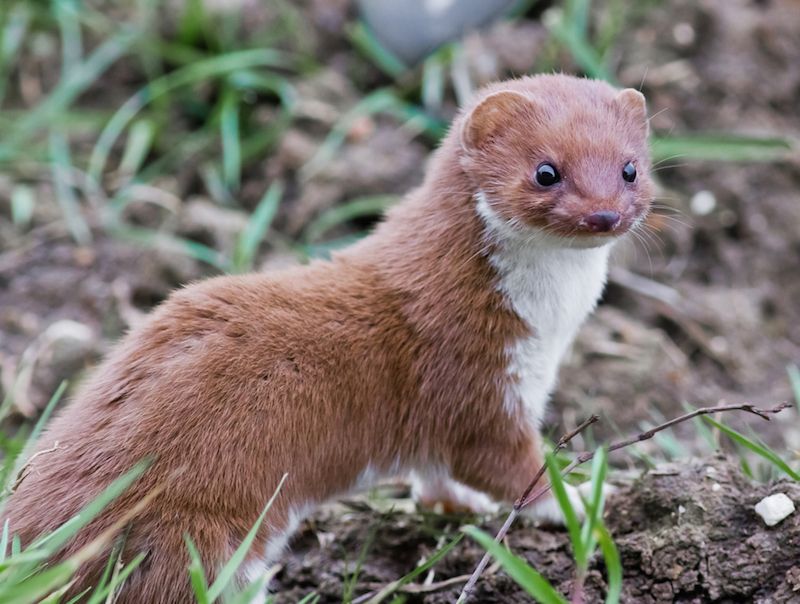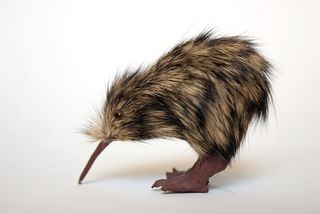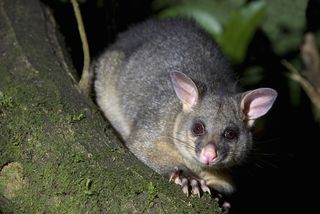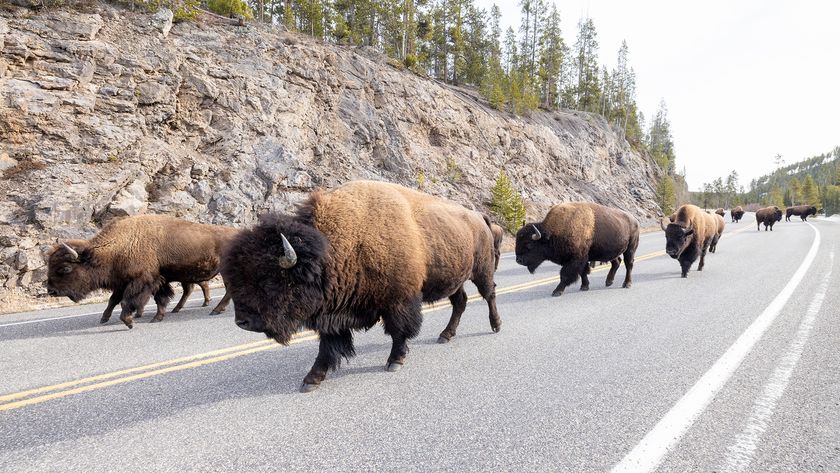Goodbye, Weasels! New Zealand to Wipe Out Its Invasive Predators

The clock is ticking for the rats, possums and weasels that have invaded New Zealand over the past few hundred years. That's because the country plans to eradicate these invasive predators that threaten its native species, and has set the year 2050 as its goal to be free of these invasive pests, Prime Minister John Key said Monday (July 25).
Before humans landed in New Zealand less than 800 years ago, precious few mammals lived on the islands — a vibrant archipelago that provided a home for flightless birds, such as the kiwi, takahe and kakapo parrot, as well as geckos and lizard-like tuataras.
But with humans came invasive predators, mammals that continue to kill 25 million native birds every year; they also prey on the native lizards and tuataras, Key said. [Album: Bizarre Frogs, Lizards, and Salamanders]

"While once the greatest threat to our native wildlife was poaching and deforestation, it is now introduced predators," Key said in a statement.
These introduced predators cost the New Zealand economy an estimated 3.3 billion New Zealand dollars ($2.3 billion) a year, he said. The costs stem partly from the crops these invasive species eat — for instance, rodents ate an estimated NZ$300 million ($211 million) in cereal and seed export earnings in 2013, a 2015 study in the journal BioScience found.
"That's why we have adopted this goal," Key said. "Our ambition is that by 2050 every single part of New Zealand will be completely free of rats, stoats and possums." (Stoats are members of the weasel family.)
The cost of predator removal

The New Zealand government has pledged to invest an initial NZ$28 million (almost $20 million) in Predator Free New Zealand Limited, a joint venture company that will identify which predator-control projects work best and attract investors that will help these projects achieve success, he said.
Sign up for the Live Science daily newsletter now
Get the world’s most fascinating discoveries delivered straight to your inbox.
The government already invests NZ$60 million to NZ$80 million ($42 million to $56 million) in pest control every year, on top of the millions more given by local governments and the private sector, Key said. Some of this funding pays for traps, airdropped poison and fencing, but clearly more is needed to finish off the invasive predators, The Washington Post reported.
Increased funding may help solve the problem, Key said. To encourage investments, the government will provide NZ$2 ($1.41) for every local council or private sector dollar contributed, he said.
What about cats?
Now that the project is coming to fruition, some people worry that it doesn't include enough pests. For instance, while feral cats are on the wanted list, pet cats are not, the Post reported. But even house cats can make a dent on local bird populations, studies show.
Still, it appears that pet cats won't be told to scram. New Zealanders have more cats per capita than any other country, and even Key owns a feline, a grayish cat named "Moonbeam Smokey Fluffy Key," the Post reported.
So, while stouts, possums and rats are out, Fluffy is here to stay, at least for now.
Original article on Live Science.

Laura is the archaeology and Life's Little Mysteries editor at Live Science. She also reports on general science, including paleontology. Her work has appeared in The New York Times, Scholastic, Popular Science and Spectrum, a site on autism research. She has won multiple awards from the Society of Professional Journalists and the Washington Newspaper Publishers Association for her reporting at a weekly newspaper near Seattle. Laura holds a bachelor's degree in English literature and psychology from Washington University in St. Louis and a master's degree in science writing from NYU.











